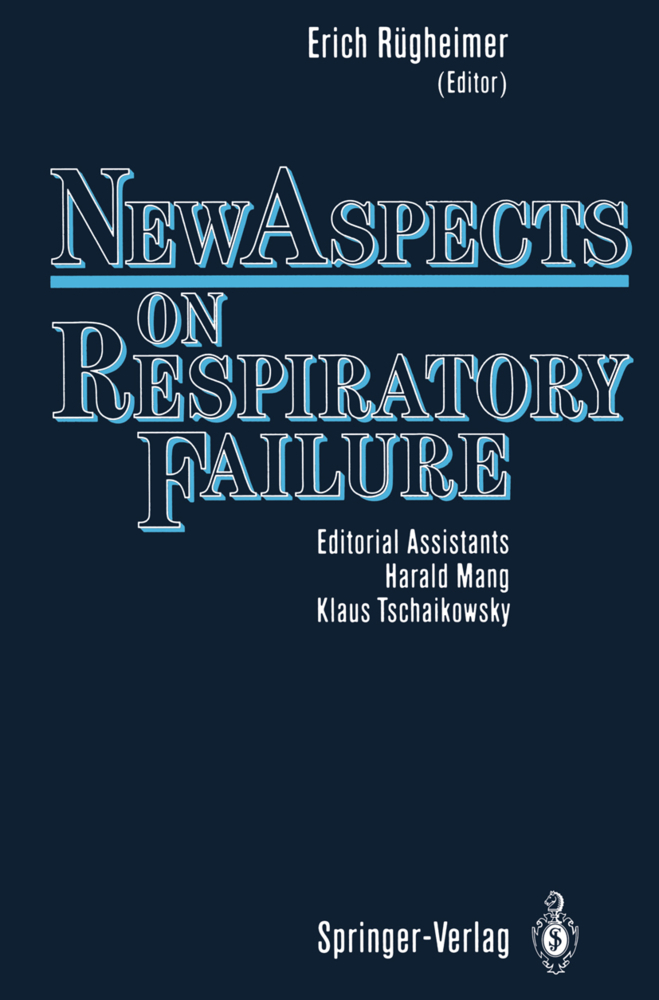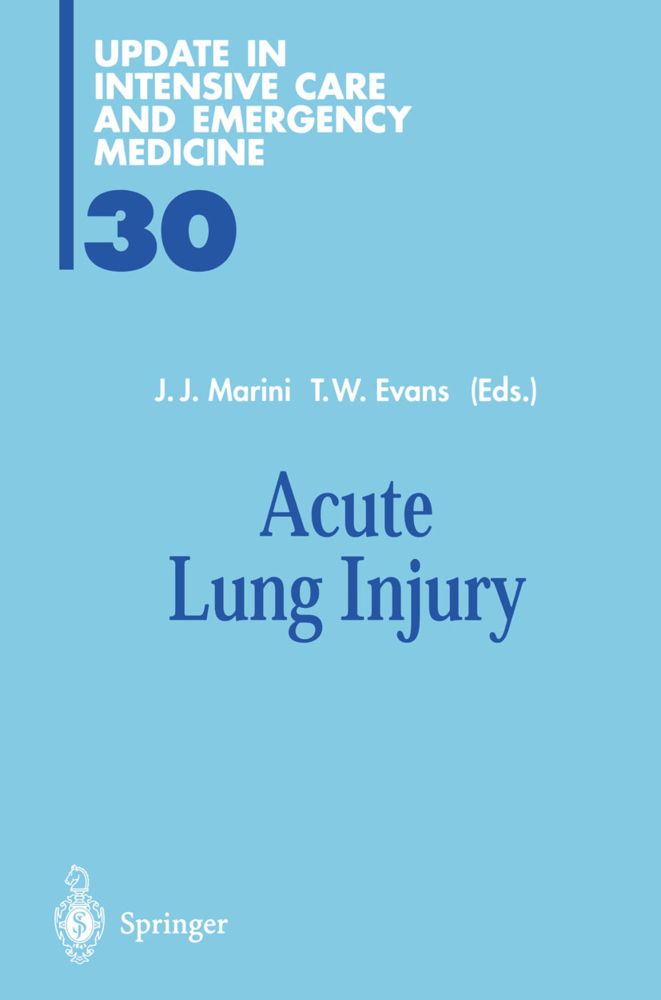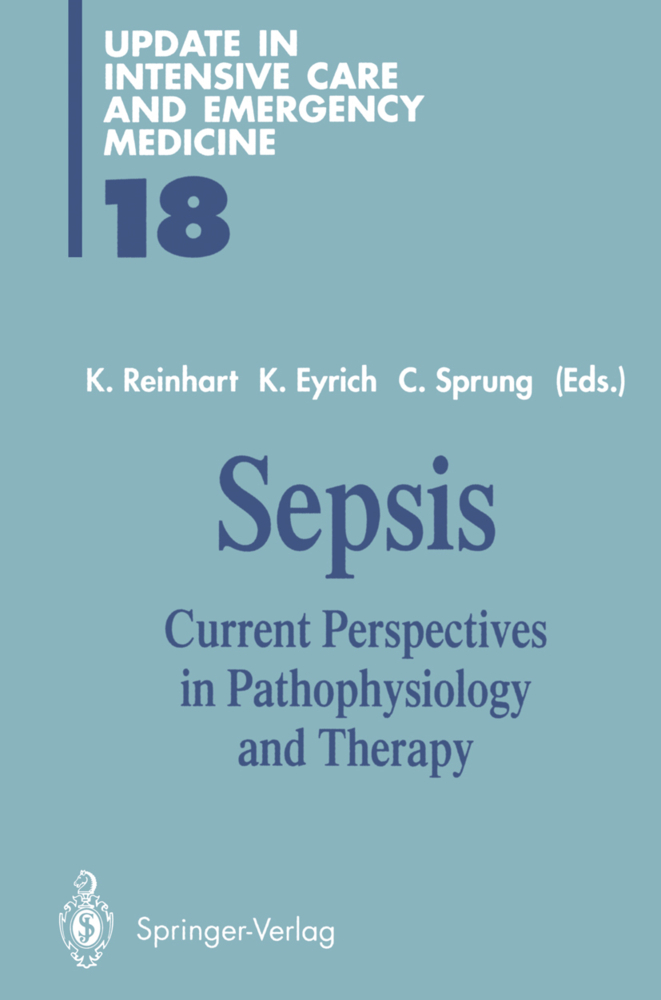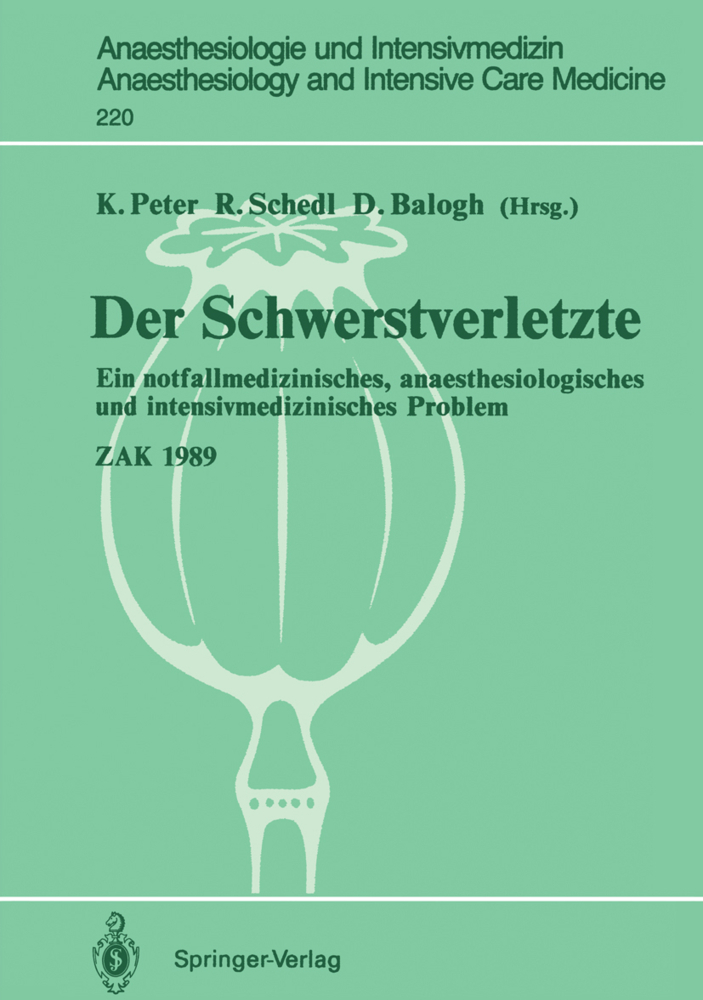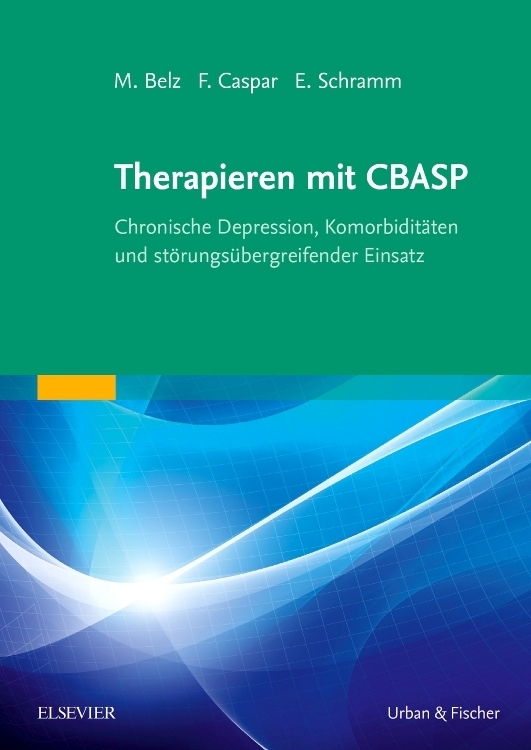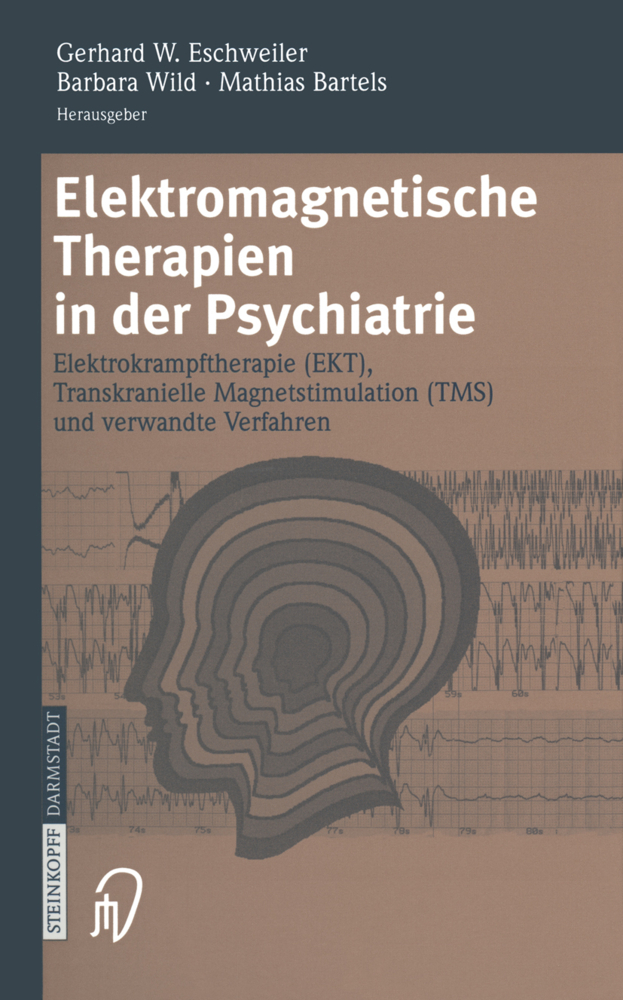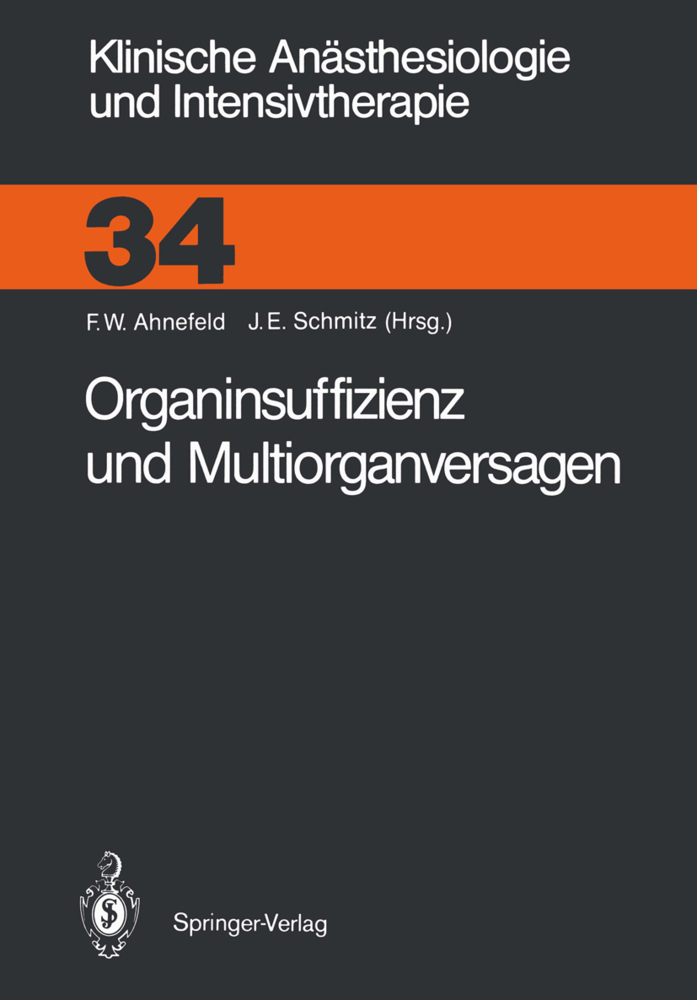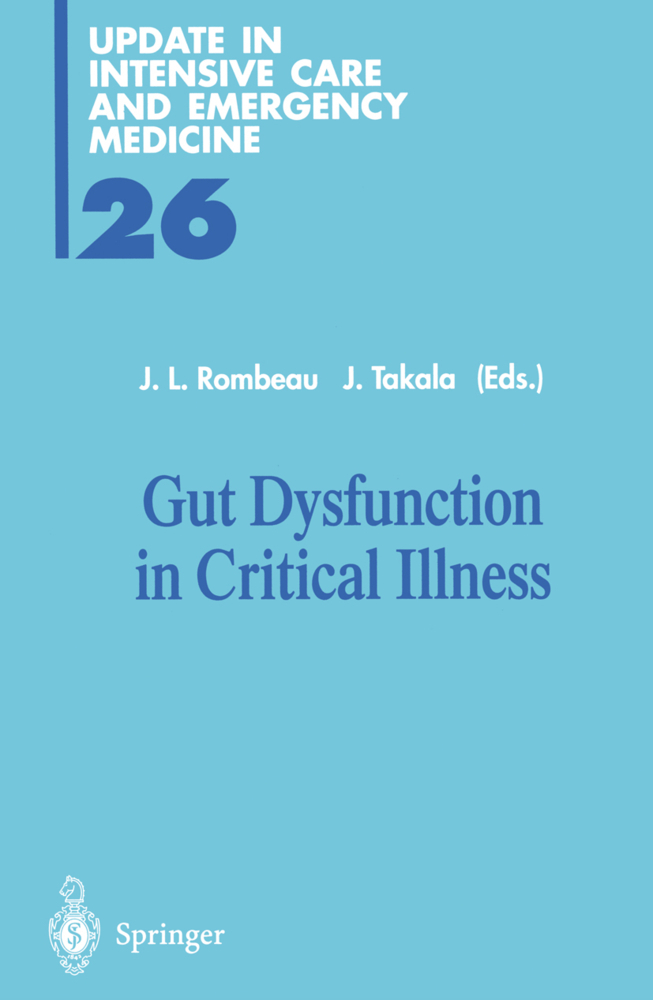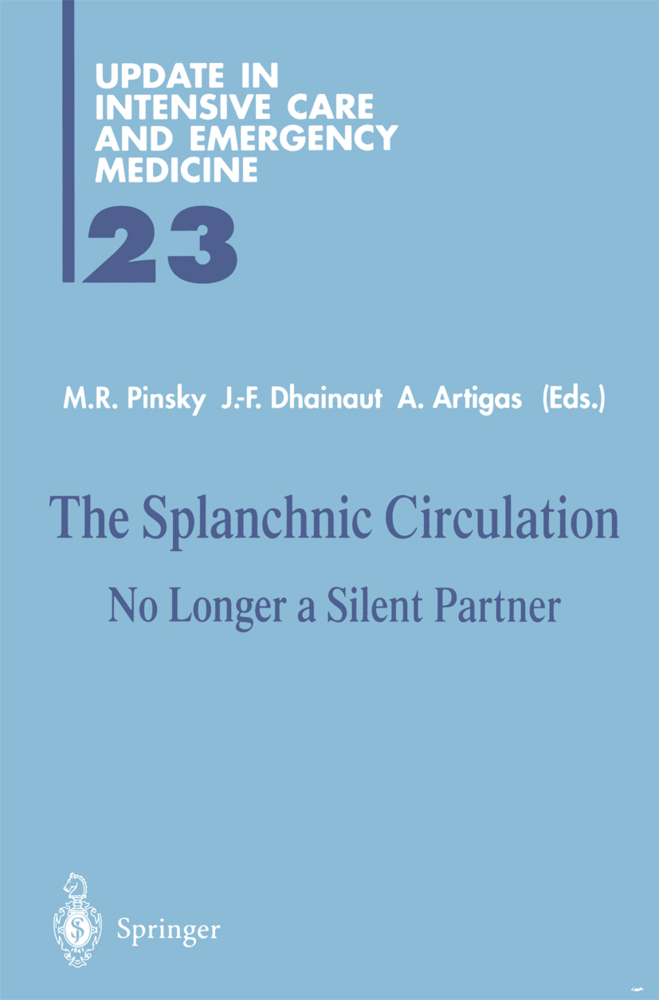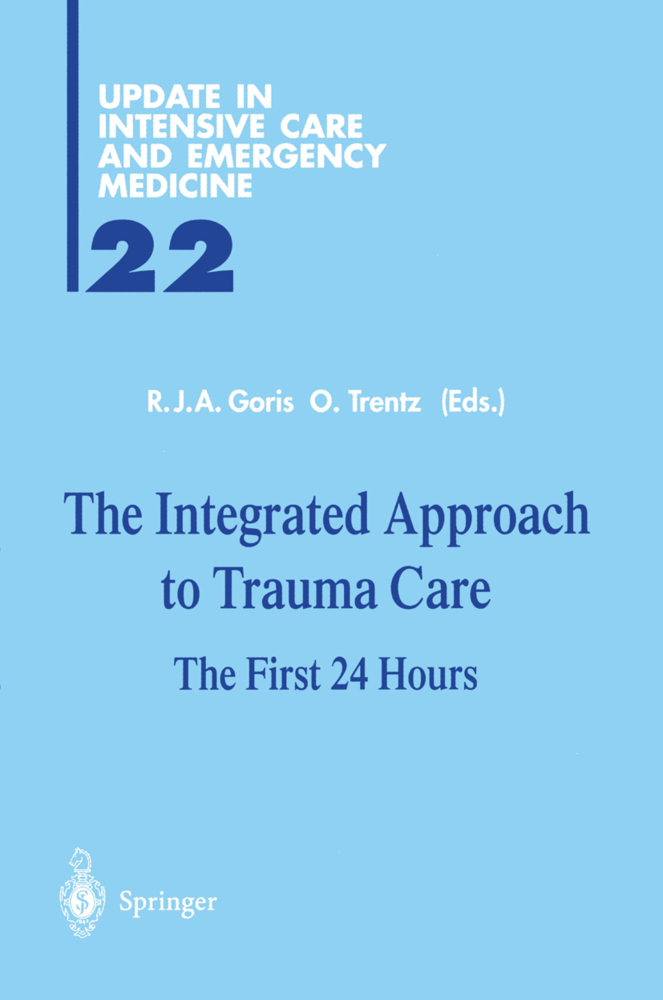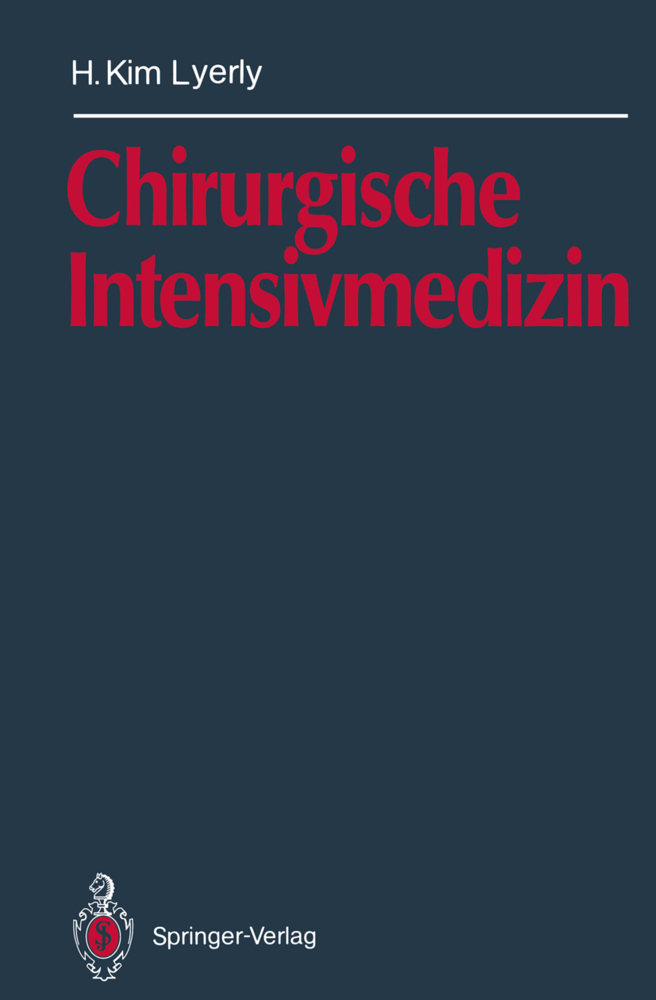New Aspects on Respiratory Failure
New Aspects on Respiratory Failure
Dieser Band gibt die Referate des 4. Internationalen
An{sthesie-Symposiums, 15.-17. Juni 1989 wieder.
Amerikanische und europ{ische Spezialisten der unter-
schiedlichsten Fachgebiete diskutieren neueste Entwicklungen
der Labor- und klinischen Forschung.
Regulation of the Cellular Immune Response and Interaction with the Endothelium by Changes in Membrane Receptors
Increased Expression of the Low-Affinity Receptor for IgE (FceRII/CD23) on Rat Alveolar Macrophages
2: Cellular Reactions and Interactions: Macrophages and Leukocytes
The Role of Alveolar and Intravascular Macrophages in Acute Lung Injury: New Methods and New Mechanisms
Pulmonary Fibrosis: Role of Inflammatory Cells in Local Injury and Fibrosis
3: Mediators and Nonspecific Effectors: Eicosanoids, Proteases and Oxygen Radicals
Eicosanoids and Acute Respiratory Failure - Pathophysiologic and Therapeutic Aspects
Dietary Modification of the Arachidonic Acid Cascade
Proteinases as Mediators of the Disturbance of Pulmonary Vascular Permeability in Sepsis, Polytrauma, and ARDS
The Involvement of Oxygen Radicals and Their Derivatives in ARDS
4: Pulmonary Circulation
Regulation of the Pulmonary Circulation During Lung Injury
Investigations of the Pathophysiology of the Pulmonary Microcirculation Using In-vivo Microscopy
Pulmonary Capillary Transit Times in Fully Recruited Networks
New Drugs for the Treatment of Pulmonary Hypertension Associated with the Adult Respiratory Distress Syndrome
5: Gas Exchange
Effects of Mechanical Ventilation and Cardiac Output upon Perfusion in Hypoxic Lung Areas
Determination of Lung Water Content and Distribution by Nuclear Magnetic Resonance
Volumetric Evaluation of Diaphragm Motion
6: Mechanics of Breathing and Surfactant
Inflation and Atelectasis in a Topographical Model of the Lung
Oscillation Mechanics inRespiratory Monitoring
The Pulmonary Surfactant System: Its Contribution to Lung Alveolar Stability, Alteration in Acute Respiratory Failure, and Replacement as a Therapeutical Concept
Effects of Artificial Ventilation on Surfactant Function
7: The Respiratory Pump
Assessment of Dyspnea and Respiratory Muscle Function
Muscle Fatigue in Acute Respiratory Failure
Coordination of Respiratory Muscles
8: Artificial Ventilation
Polymorphous Ventilation: A New Ventilation Concept for Distributed Time Constants
Success of Pressure Support Ventilation and Combined High Frequency Ventilation with Respect to Extravascular Lung Water
Biphasic Positive Airway Pressure (BIPAP)
Technical Aspects of Patient-Ventilator Interactions
Learnt Ventilation Processes
9: Tissue Oxygenation and Organ Metabolism
Diagnostic and Therapeutic Possibilities of a Computer-Based Hemodynamic Multisensor System
Intrathoracic Blood Volume Accurately Reflects Circulating Volume Status in Critically Ill Patients
Adult Respiratory Distress Syndrome and Metabolic Organ Dysfunction
10: Posters
Generation of Free Oxygen Radicals and Chemotactic Desensitization Following Burn Injury
A Prospective Evaluation of the Influence of Extrapulmonary Factors on Mechanical Ventilation
The Relationship of SpO2 93%-95% to Arterial Blood Gases and Pulmonary Function Parameters.
An{sthesie-Symposiums, 15.-17. Juni 1989 wieder.
Amerikanische und europ{ische Spezialisten der unter-
schiedlichsten Fachgebiete diskutieren neueste Entwicklungen
der Labor- und klinischen Forschung.
1: The Clinical Aspects of Respiratory Failure as a Result of Biochemical and Immunological Reactions: Endotoxin, Cytokines, and Receptors
E. coli Sepsis-Induced Pulmonary InjuryRegulation of the Cellular Immune Response and Interaction with the Endothelium by Changes in Membrane Receptors
Increased Expression of the Low-Affinity Receptor for IgE (FceRII/CD23) on Rat Alveolar Macrophages
2: Cellular Reactions and Interactions: Macrophages and Leukocytes
The Role of Alveolar and Intravascular Macrophages in Acute Lung Injury: New Methods and New Mechanisms
Pulmonary Fibrosis: Role of Inflammatory Cells in Local Injury and Fibrosis
3: Mediators and Nonspecific Effectors: Eicosanoids, Proteases and Oxygen Radicals
Eicosanoids and Acute Respiratory Failure - Pathophysiologic and Therapeutic Aspects
Dietary Modification of the Arachidonic Acid Cascade
Proteinases as Mediators of the Disturbance of Pulmonary Vascular Permeability in Sepsis, Polytrauma, and ARDS
The Involvement of Oxygen Radicals and Their Derivatives in ARDS
4: Pulmonary Circulation
Regulation of the Pulmonary Circulation During Lung Injury
Investigations of the Pathophysiology of the Pulmonary Microcirculation Using In-vivo Microscopy
Pulmonary Capillary Transit Times in Fully Recruited Networks
New Drugs for the Treatment of Pulmonary Hypertension Associated with the Adult Respiratory Distress Syndrome
5: Gas Exchange
Effects of Mechanical Ventilation and Cardiac Output upon Perfusion in Hypoxic Lung Areas
Determination of Lung Water Content and Distribution by Nuclear Magnetic Resonance
Volumetric Evaluation of Diaphragm Motion
6: Mechanics of Breathing and Surfactant
Inflation and Atelectasis in a Topographical Model of the Lung
Oscillation Mechanics inRespiratory Monitoring
The Pulmonary Surfactant System: Its Contribution to Lung Alveolar Stability, Alteration in Acute Respiratory Failure, and Replacement as a Therapeutical Concept
Effects of Artificial Ventilation on Surfactant Function
7: The Respiratory Pump
Assessment of Dyspnea and Respiratory Muscle Function
Muscle Fatigue in Acute Respiratory Failure
Coordination of Respiratory Muscles
8: Artificial Ventilation
Polymorphous Ventilation: A New Ventilation Concept for Distributed Time Constants
Success of Pressure Support Ventilation and Combined High Frequency Ventilation with Respect to Extravascular Lung Water
Biphasic Positive Airway Pressure (BIPAP)
Technical Aspects of Patient-Ventilator Interactions
Learnt Ventilation Processes
9: Tissue Oxygenation and Organ Metabolism
Diagnostic and Therapeutic Possibilities of a Computer-Based Hemodynamic Multisensor System
Intrathoracic Blood Volume Accurately Reflects Circulating Volume Status in Critically Ill Patients
Adult Respiratory Distress Syndrome and Metabolic Organ Dysfunction
10: Posters
Generation of Free Oxygen Radicals and Chemotactic Desensitization Following Burn Injury
A Prospective Evaluation of the Influence of Extrapulmonary Factors on Mechanical Ventilation
The Relationship of SpO2 93%-95% to Arterial Blood Gases and Pulmonary Function Parameters.
Rügheimer, Erich
Mang, H.
Tschaikowsky, K.
| ISBN | 978-3-642-74945-2 |
|---|---|
| Artikelnummer | 9783642749452 |
| Medientyp | Buch |
| Copyrightjahr | 2012 |
| Verlag | Springer, Berlin |
| Umfang | XVIII, 341 Seiten |
| Abbildungen | XVIII, 341 p. |
| Sprache | Englisch |

